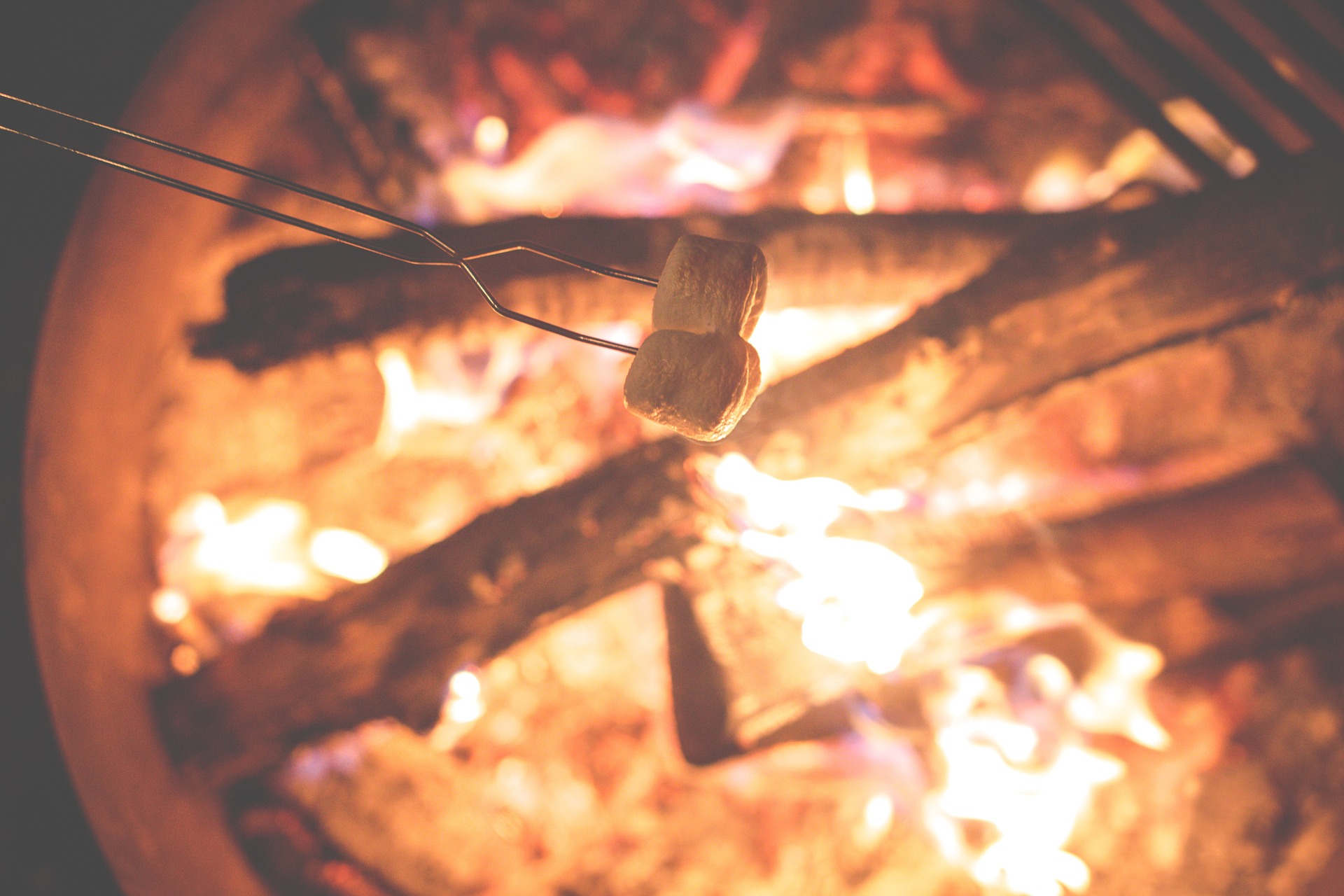With summer fast approaching and some residents looking for a place to put a new fire pit, firefighters across the region want you to be aware of where you put one.
Each township will have different bylaws dictating where a fire pit can be and what it is made out of. In Madawaska Valley, fire pits can be no larger than the standard two feet by two feet (60 CM by 60 CM). A fire pit should be made of either stone, brick or a metal bowl or ring. No vegetation or flammable materials should be within one meter’s distance of the pit. While not mandated by a by-law, Madawaska Valley Fire Department recommends covering this area with dirt, gravel, stone or brick. Fire pits are not allowed within the village of Barry’s Bay. However, some other fire departments, like the Killaloe Fire Department, will have different regulations, like having fire pits 30 meters away from woodlands or being 3 meters away from flammable materials. Each township has its own specific set of regulations around how to build your fire pit.
Orshy Bartlett, a volunteer firefighter with the Killaloe Fire Department, says aside from the regulations each township has, fire pits can vary depending on how much time, effort and money you want to put into it. Bartlett says metal bins or large tire rims are some of the easiest fire pits to make, as they are perfect for keeping your fire at the suggested 2×2 feet guideline. She suggests digging a pit in your preferred location that is 6-10 inches deep and filling it with sand or gravel. Bartlett prefers sand, as this works as a better barrier against any vegetation that might catch fire underground. She also recommends having some kind of drainage in your fire pit for when it rains. While many things can be used to line your fire pit, Bartlett says that fire-resistant stone is the best option, although it can be expensive. She cautions against using concrete for anything long-term, as the heat will eventually break it apart. Above all, Bartlett urges residents to make their fire pit permanent and not portable, as someone may move it away from a safe location to one that may pose a fire risk.



